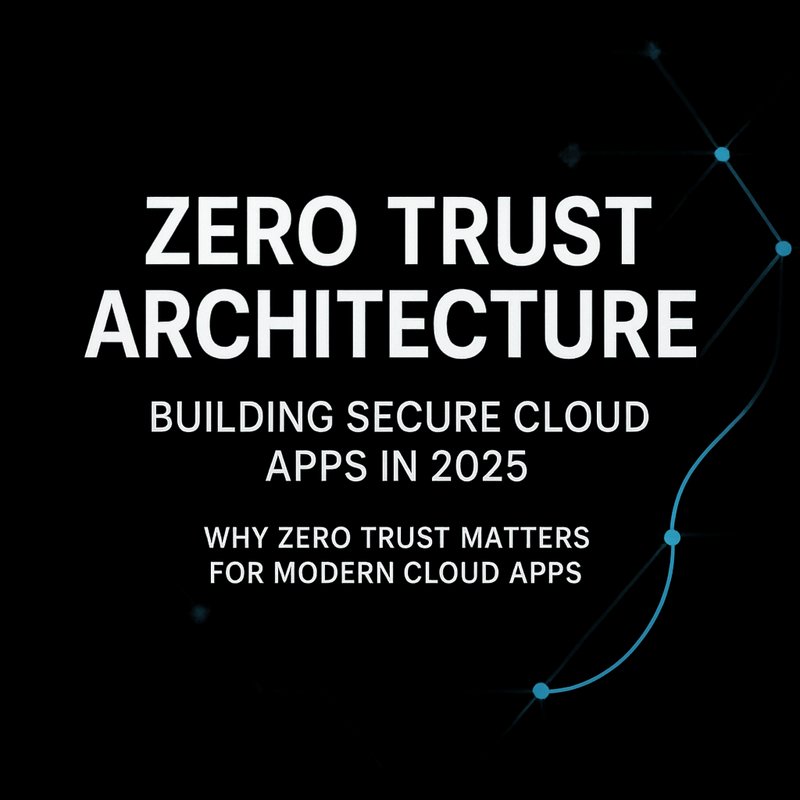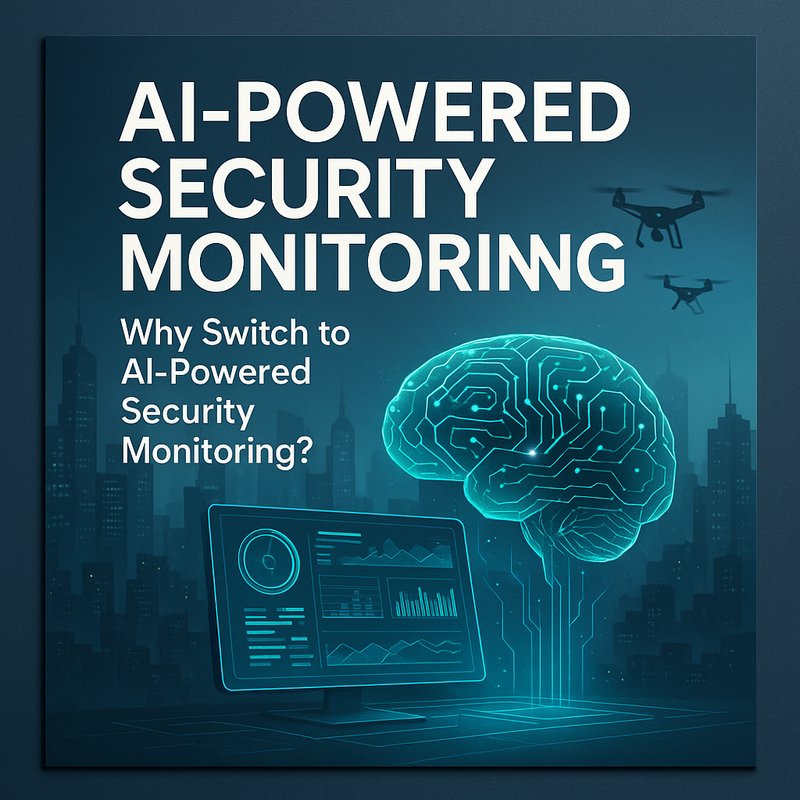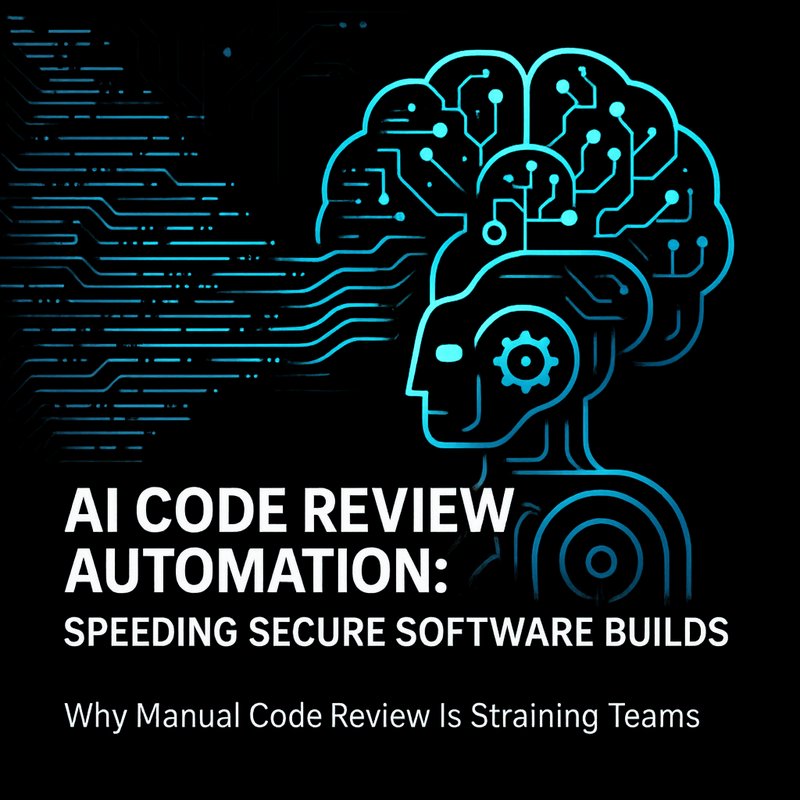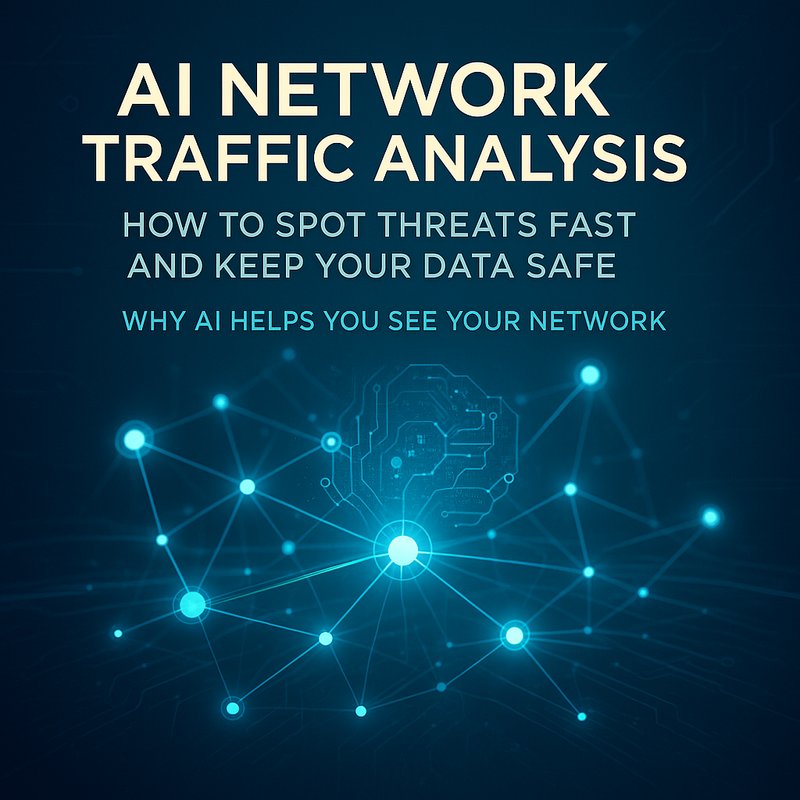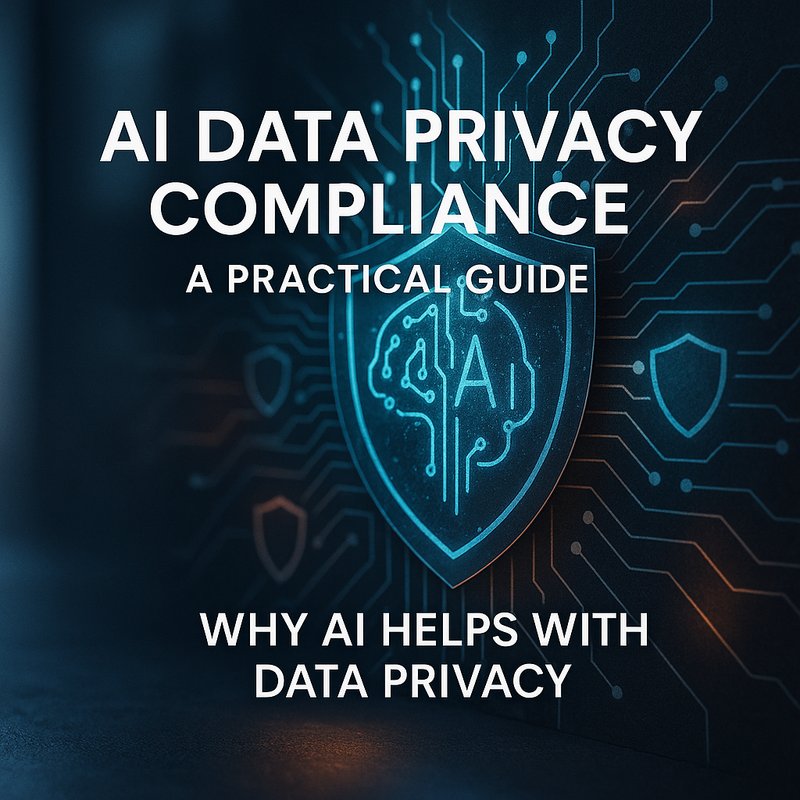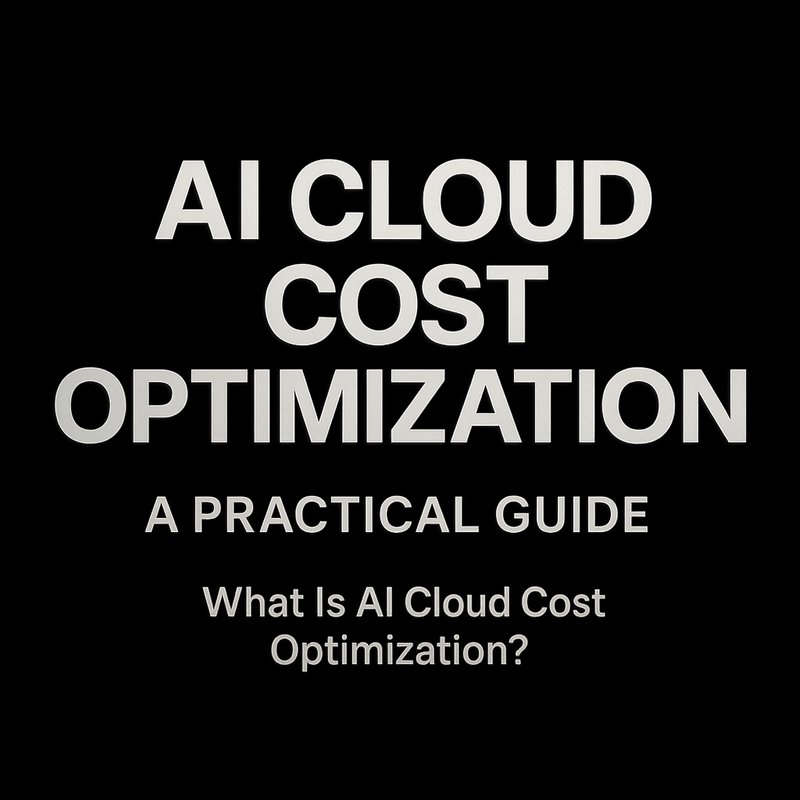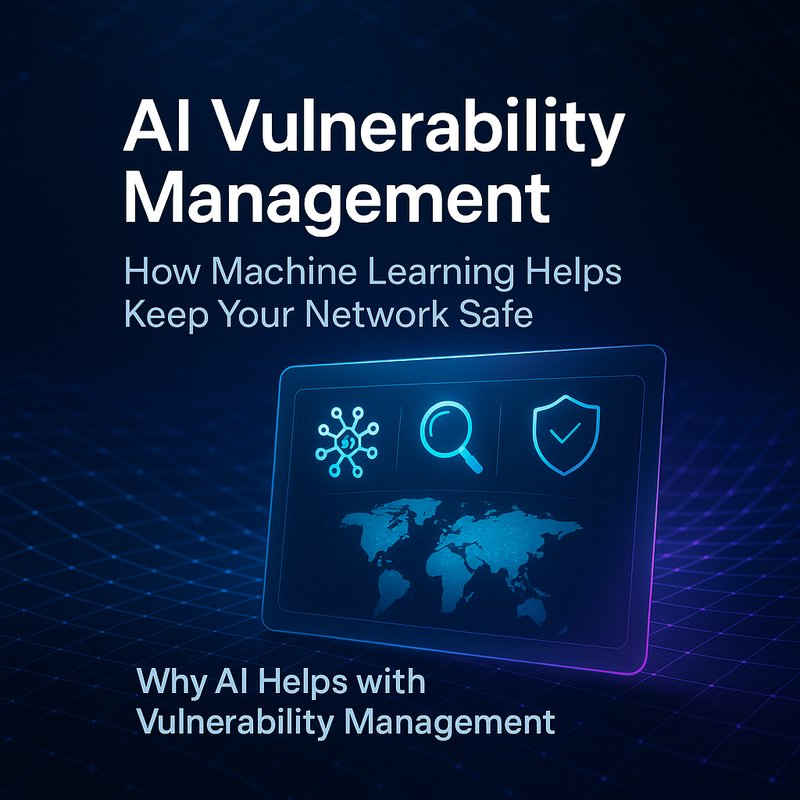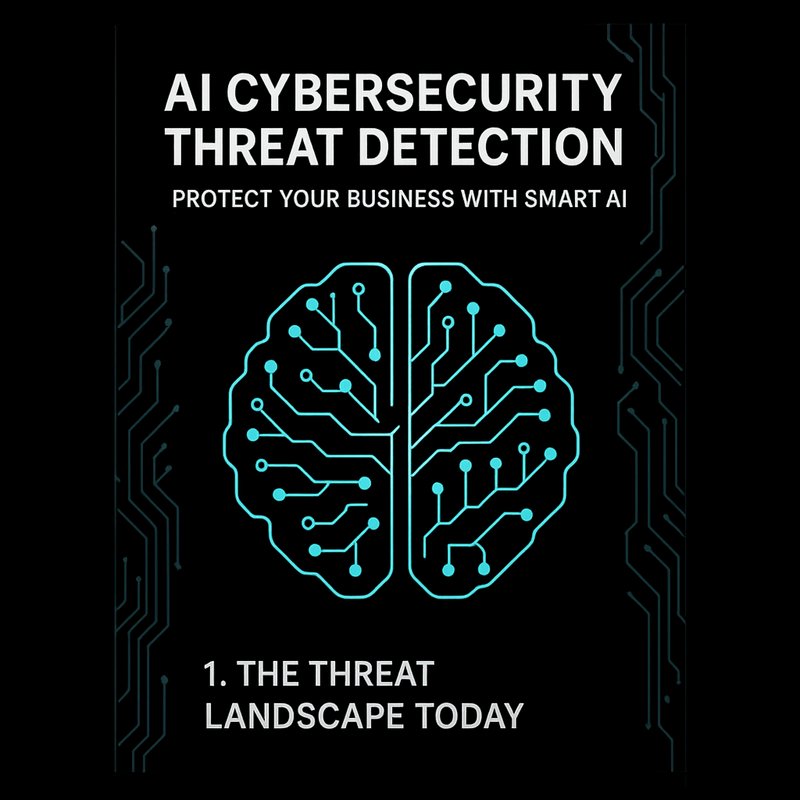Zero Trust Architecture is a security model that assumes no user or device is trustworthy by default. In 2025, cloud applications face new threats from sophisticated attackers, misconfigured services, and insider risks. Adopting Zero Trust helps teams protect data, reduce attack surface, and keep customers safe. This guide walks through the core ideas, how to implement them in modern cloud stacks, and the tools that can help you get started.
Why Zero Trust Matters for Modern Cloud Apps
The old perimeter‑based security model is no longer enough. Attackers can bypass firewalls, compromise accounts, or move laterally inside networks. Zero Trust flips the script: every request is verified, every user is authenticated, and every resource is protected. The benefits are clear:
- Reduced risk – Attackers can’t rely on a single breach to access everything.
- Fine‑grained control – Permissions are tailored to roles, devices, and context.
- Better compliance – Many regulations now require continuous verification.
- Faster incident response – Continuous monitoring makes it easier to spot anomalies.
If you’re building a SaaS product, a mobile app, or an internal service, Zero Trust can be the foundation that keeps your data safe.
Core Principles of Zero Trust Architecture
Zero Trust is built on three pillars. Understanding each one helps you design a secure system.
1. Verify Every Request
Every request, whether it comes from a user, a device, or another service, must be authenticated and authorized. This means:
- Strong identity verification – Multi‑factor authentication (MFA) or passwordless methods.
- Contextual checks – Device health, location, time of day, and risk score.
- Least‑privilege access – Users only get the permissions they need for the task.
2. Micro‑Segmentation
Instead of a single network boundary, divide your infrastructure into small, isolated segments. Each segment has its own security controls. This limits lateral movement and contains breaches.
3. Continuous Monitoring and Analytics
Security is not a one‑time setup. You must constantly collect telemetry, analyze patterns, and adjust policies. Automated alerts and dashboards help teams stay on top of threats.
Implementing Zero Trust in Cloud Applications
Below is a step‑by‑step approach that works for most cloud‑native teams. The process is iterative, so start small and expand.
1. Map Your Assets and Data Flows
Begin by cataloguing:
- Applications – Front‑end, back‑end, APIs, micro‑services.
- Data – Sensitive customer data, internal logs, configuration files.
- Users – Employees, partners, customers, third‑party services.
Use a data catalog or a simple spreadsheet. Knowing what you have is the first step to protecting it.
2. Strengthen Identity and Access Management (IAM)
- Adopt a modern IAM provider – AWS IAM, Azure AD, Google Cloud Identity, or a third‑party like Okta.
- Enable MFA everywhere – Even for service accounts.
- Use role‑based access control (RBAC) – Define roles that match business functions.
- Implement just‑in‑time (JIT) access – Grant temporary permissions for specific tasks.
If you’re already using Neura ACE for content automation, you can integrate it with your IAM to automate policy updates. Check out the product overview at https://meetneura.ai/products for more details.
3. Apply Micro‑Segmentation
- Network policies – In Kubernetes, use NetworkPolicy objects to restrict pod communication.
- Service mesh – Istio or Linkerd can enforce mutual TLS and fine‑grained routing.
- Firewall rules – In cloud providers, use security groups or VPC firewall rules to isolate resources.
A simple diagram shows how micro‑segmentation isolates services.

Alt text: Zero Trust Architecture diagram showing secure cloud app layers
4. Enforce Continuous Authentication
- Token‑based authentication – JWTs with short lifetimes.
- Contextual risk scoring – Evaluate device health, geolocation, and behavior.
- Re‑authentication for sensitive actions – Prompt users again before critical changes.
5. Monitor and Respond
- Centralized logging – Use CloudWatch, Stackdriver, or a SIEM.
- Anomaly detection – Machine‑learning models that flag unusual patterns.
- Automated playbooks – Trigger alerts, block IPs, or revoke tokens when needed.
Neura Keyguard AI Security Scan (https://keyguard.meetneura.ai) can help you identify misconfigurations and vulnerabilities in your front‑end code. It also provides a security score that you can feed into your monitoring pipeline.
6. Integrate with DevSecOps
Security should be part of the CI/CD pipeline:
- Static code analysis – Scan for insecure patterns before merge.
- Dependency checks – Verify that libraries are up to date and free of known CVEs.
- Infrastructure as Code (IaC) scanning – Tools like Terraform‑Snyk or Checkov catch misconfigurations early.
By embedding security checks into every stage, you reduce the chance of a breach slipping through.

Role of Identity and Access Management in Zero Trust
Identity is the cornerstone of Zero Trust. Without a robust IAM system, you can’t enforce least‑privilege or contextual checks. Here are key IAM practices:
- Single Sign‑On (SSO) – Reduce password fatigue and improve security.
- Privileged Access Management (PAM) – Separate high‑privilege accounts from regular users.
- Identity Federation – Allow external partners to authenticate via their own identity provider.
- Audit Trails – Keep logs of who accessed what and when.
Many teams use a combination of cloud IAM and on‑prem solutions. The goal is a unified view of identities across all environments.
Continuous Monitoring and Analytics
Zero Trust is not a set‑and‑forget approach. Continuous monitoring ensures that you detect and respond to threats in real time.
- Telemetry collection – Capture logs, metrics, and network flows.
- Behavioral analytics – Build user and entity behavior analytics (UEBA) models.
- Alerting – Set thresholds for unusual activity, such as multiple failed logins or data exfiltration attempts.
- Dashboards – Visualize security posture and compliance status.
You can use open‑source tools like Grafana, Prometheus, or commercial SIEMs. If you prefer a no‑code solution, Neura ACE can pull data from your analytics stack and generate insights automatically.
Case Study: A Startup Adopting Zero Trust
A SaaS startup that offers project management tools began with a traditional firewall‑based model. After a data breach, they pivoted to Zero Trust. Steps they took:
- Implemented MFA for all users – Reduced credential‑based attacks.
- Segmented micro‑services – Isolated the billing service from the front‑end.
- Integrated Neura Keyguard – Scanned the front‑end for API key leaks and misconfigurations.
- Automated policy updates – Used Neura ACE to push new IAM rules to the cloud provider.
- Continuous monitoring – Set up alerts for unusual API usage.
Result: Within six months, the startup saw a 30% drop in security incidents and a 15% improvement in compliance scores The case study is available at https://blog.meetneura.ai/#case-studies.
Tools and Frameworks for Zero Trust
| Tool | Purpose | Link |
|---|---|---|
| Neura Keyguard AI Security Scan | Front‑end vulnerability scanning | https://keyguard.meetneura.ai |
| Neura ACE | Automate policy generation and monitoring | https://ace.meetneura.ai |
| Istio | Service mesh for micro‑segmentation | https://istio.io |
| OPA (Open Policy Agent) | Policy enforcement across services | https://www.openpolicyagent.org |
| AWS IAM | Identity and access management | https://aws.amazon.com/iam |
| Azure AD | Identity provider for Microsoft stack | https://azure.microsoft.com/services/active-directory |
| Google Cloud Identity | Identity for Google Cloud | https://cloud.google.com/identity |
| HashiCorp Vault | Secrets management | https://www.hashicorp.com/products/vault |
These tools cover the spectrum from identity to network segmentation to monitoring. Pick the ones that fit your stack and budget.
Best Practices for Zero Trust Implementation
- Start with a pilot – Pick a non‑critical service to test policies.
- Document everything – Keep a clear record of roles, permissions, and segmentation rules.
- Educate your team – Security is a shared responsibility.
- Review policies regularly – Business changes can alter risk profiles.
- Automate wherever possible – Reduce human error by using CI/CD pipelines and policy-as-code.
- Measure success – Track metrics like time to detect, time to contain, and number of incidents.
Common Pitfalls and How to Avoid Them
| Pitfall | Fix |
|---|---|
| Over‑complicating IAM | Keep roles simple and map them to business functions. |
| Ignoring device security | Enforce device compliance checks before granting access. |
| Skipping monitoring | Set up dashboards and alerts from day one. |
| Treating Zero Trust as a one‑time project | Treat it as an ongoing process with continuous improvement. |
| Neglecting third‑party integrations | Verify that external services also follow Zero Trust principles. |
Future Trends in Zero Trust
- AI‑driven policy enforcement – Machine learning models that adapt policies in real time.
- Zero Trust for edge devices – Securing IoT and mobile endpoints.
- Privacy‑preserving analytics – Combining data insights with differential privacy.
- Integration with blockchain – Immutable logs for audit trails.
- Zero Trust for serverless – Fine‑grained controls in function‑as‑a‑service environments.
Staying ahead of these trends will keep your security posture robust.
Conclusion
Zero Trust Architecture is no longer optional; it’s a necessity for secure cloud applications in 2025. By verifying every request, segmenting your network, and monitoring continuously, you can protect data, satisfy compliance, and reduce risk. Start small, automate where you can, and keep iterating. For more resources, visit https://meetneura.ai or explore the product suite at https://meetneura.ai/products.
